As part of AIRINC’s research into the design of Global Mobility functions, we identified a set of teams that serve primarily in an advisory role. These Advisor-focused functions may not manage a high volume of assignments or have extensive headcount, but they are deeply embedded as subject matter experts within the organization.
As part of our commitment to supporting evolving talent strategies, AIRINC conducted fresh, in-depth research to explore how Global Mobility functions are designed and executed across industries. Read more on the original paper here. Our latest publication, The Global Mobility Function: A Collection of Case Studies, includes detailed case studies drawn from interviews with Mobility leaders around the world.
To bring those insights to life, this blog series presents real-world examples grouped into four broad classifications:
- Operator: Functions that emphasize efficient execution and consistency, often with high volumes or administrative complexity.
- Enabler: Teams focused on delivering a high-quality employee experience, often aligned with talent development.
- Advisor: Lean functions that provide expert guidance on policy, compliance, and business alignment.
- Planner: Strategically embedded teams that influence global workforce planning and talent mobility.
In this third post, we explore how two companies—one in real estate and the other in engineering—leverage a consultative approach to guide Mobility strategy and ensure alignment with internal stakeholders. Read more from the series here.
Case Study: Centralized Mobility in a Real Estate Firm
This commercial real estate firm has centralized its Mobility function into a five-member team that manages domestic and international relocations, immigration, tax compliance, and business traveler support. The team operates without a dedicated technology platform, relying instead on spreadsheets and strong internal processes.
Despite this limitation, the function has built trust across the business by maintaining regular engagement with four distinct business units. Each unit has unique profitability models and mobility needs, requiring tailored policy guidance and flexibility in execution.
Through stakeholder meetings, the team ensures that policies are informed by business goals and financial realities. This direct engagement elevates the Mobility team as a partner in business execution, even without the support of modern technology.
Key Strength: Strong stakeholder relationships enable agile policy development tailored to each business unit’s needs.
Takeaway: A consultative approach and close alignment with internal stakeholders can offset operational constraints. Consistent communication builds credibility and ensures Mobility remains relevant to business priorities.
Case Study: Centralized Mobility in an Engineering Firm
With only two team members, this engineering company’s Global Mobility function manages a small volume of international assignments and business traveler consultations. The firm does not have remote workers, and business travel is handled separately, but the Mobility team provides case-specific guidance when needed.
The function operates without standardized policies, meaning most assignments are treated as one-off exceptions. This approach offers flexibility but can slow down processing times and make compliance difficult to manage. The team also lacks a technology platform and struggles with data access for benchmarking and reporting.
Despite these limitations, the team is seen as a trusted advisor. Their case-by-case support enables them to meet specific business needs, and their close collaboration with Talent and HR fosters trust—though opportunities exist to scale through more formalized processes.
Key Strength: Personalized service and subject matter expertise create a high-trust, responsive function.
Takeaway: Advisor functions deliver value through expertise and agility, but face challenges with efficiency and scalability without structured systems or data access.
Prefer to watch a webinar?
Revisit our webinar: What is the Optimal Way to Structure your Global Mobility Function?
What do companies need to take into consideration when structuring their Global Mobility function? It should reflect the needs of the company, the size of the program, attitudes towards talent development, geographic reach, and industry. Watch again here.
AIRINC Advisory Service
When you are looking for change, outside advice can help you make good decisions. Our consultants help reimagine your mobility program and implement successful outcomes. Contact us.


%20(5)%20(1).jpg)

%20(52).png)

